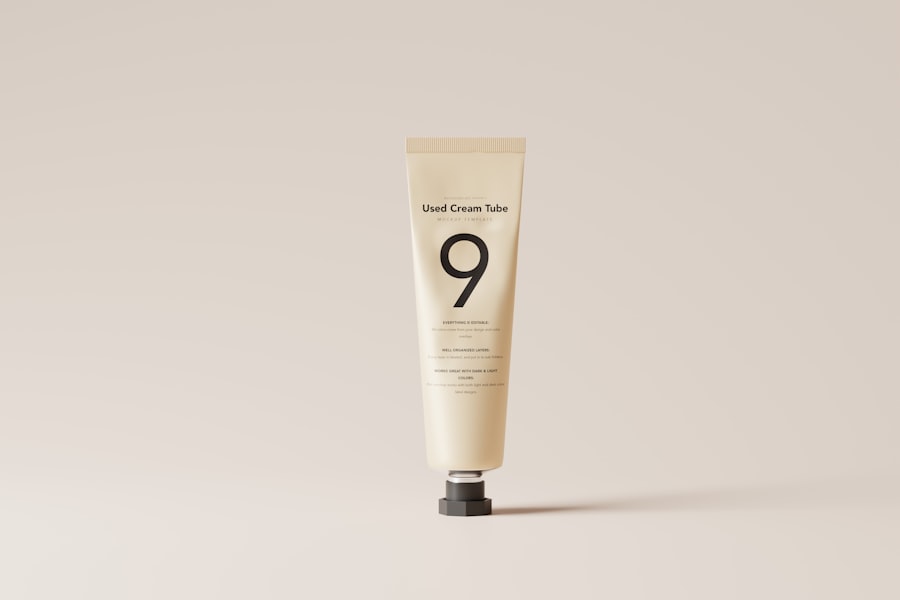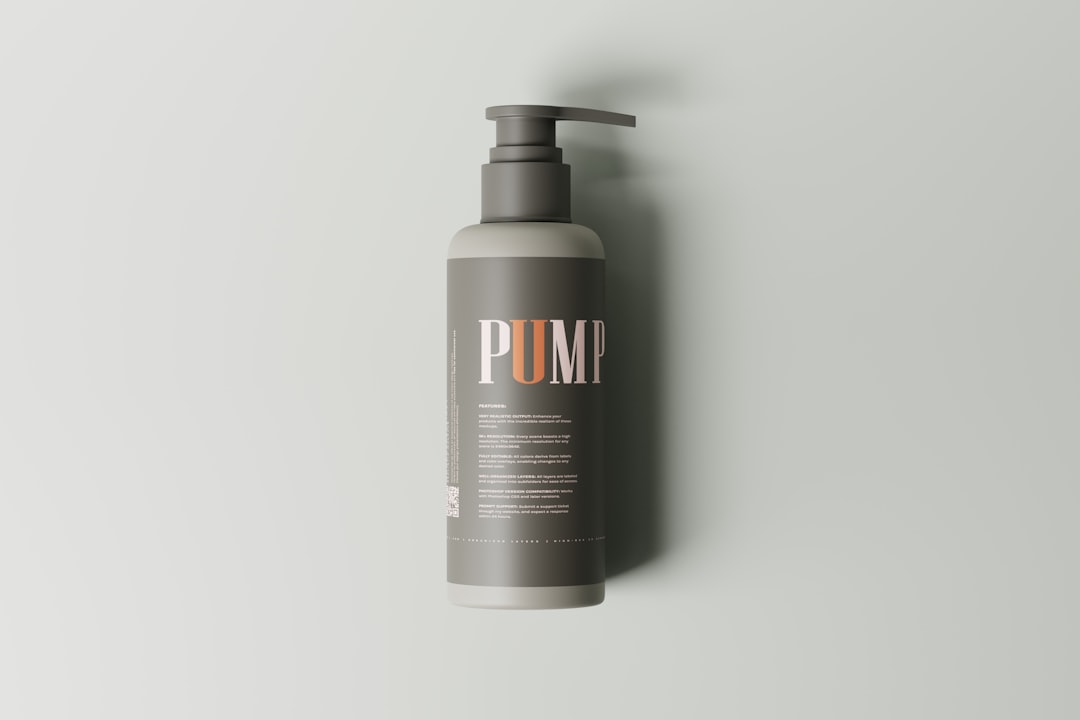As you embark on your journey of post-laser hair removal care, preparation is key to ensuring optimal results and minimizing any potential side effects. The first step involves understanding the procedure you just underwent. Laser hair removal works by targeting hair follicles with concentrated light, which can leave your skin sensitive and in need of special attention.
Before you leave the clinic, your practitioner should provide you with specific aftercare instructions tailored to your skin type and the area treated. Familiarizing yourself with these guidelines will help you navigate the days following your treatment with confidence. In addition to following your practitioner’s advice, it’s wise to gather the necessary supplies for your post-treatment care.
This may include soothing creams, cold packs, or even over-the-counter pain relief medications. Having these items on hand will allow you to address any discomfort or redness promptly. You might also want to prepare a comfortable space at home where you can relax and take care of your skin without distractions.
By being proactive in your preparation, you set the stage for a smoother recovery process and enhance the effectiveness of the laser treatment.
Key Takeaways
- Preparing for Post-Laser Hair Removal:
- Shave the treatment area before the appointment.
- Avoid sun exposure and self-tanning products.
- Discontinue any hair removal methods that pull hair from the root.
- Managing Discomfort and Redness:
- Apply aloe vera gel or a cold compress to soothe the skin.
- Use over-the-counter pain relievers if necessary.
- Avoid hot showers and excessive sweating.
- Protecting the Skin from Sun Exposure:
- Wear sunscreen with SPF 30 or higher daily.
- Cover the treated area with clothing or a hat when outdoors.
- Seek shade during peak sun hours.
- Avoiding Harsh Skincare Products:
- Avoid using exfoliants, retinoids, and acne treatments on the treated area.
- Choose gentle, fragrance-free products for sensitive skin.
- Patch test new products before applying them to the treated area.
- Keeping the Skin Hydrated:
- Use a gentle, non-comedogenic moisturizer twice daily.
- Drink plenty of water to hydrate the skin from within.
- Consider using a humidifier in dry indoor environments.
- Exfoliating the Skin Gently:
- Wait at least one week before exfoliating the treated area.
- Use a mild exfoliant with round beads or gentle acids.
- Avoid excessive scrubbing or rubbing.
- Watching for Signs of Infection:
- Look for increased redness, swelling, or pus in the treated area.
- Seek medical attention if you notice any signs of infection.
- Follow your dermatologist’s aftercare instructions carefully.
- Following Up with Your Dermatologist:
- Schedule a follow-up appointment to assess the treatment’s effectiveness.
- Discuss any concerns or side effects with your dermatologist.
- Follow any additional post-care recommendations provided by your dermatologist.
Managing Discomfort and Redness
After your laser hair removal session, it’s common to experience some discomfort and redness in the treated area. This reaction is typically mild and should subside within a few hours to a couple of days. To manage this discomfort effectively, consider applying a cold compress to the area.
The coolness can help soothe the skin and reduce inflammation, providing immediate relief. You may also find that over-the-counter pain relievers, such as ibuprofen or acetaminophen, can alleviate any lingering discomfort. Always consult with your healthcare provider before taking any medication to ensure it’s appropriate for your situation.
In addition to physical remedies, it’s essential to listen to your body during this time. If you notice that certain activities exacerbate your discomfort—such as vigorous exercise or tight clothing—take a break from them until your skin has healed. Allowing yourself time to rest and recover will not only help manage discomfort but also promote better healing overall.
Remember, patience is key; while it may be tempting to rush back into your regular routine, giving your skin the care it needs will yield better long-term results.
Protecting the Skin from Sun Exposure

One of the most critical aspects of post-laser hair removal care is protecting your skin from sun exposure. After treatment, your skin is particularly sensitive and more susceptible to sunburn and pigmentation changes. To safeguard your skin, it’s advisable to avoid direct sunlight for at least two weeks following the procedure.
If you must be outdoors, wearing protective clothing such as wide-brimmed hats and long sleeves can provide an extra layer of defense against harmful UV rays. In addition to physical barriers, applying a broad-spectrum sunscreen with an SPF of 30 or higher is essential. Make sure to reapply sunscreen every two hours if you’re spending extended periods outside.
This practice not only protects your skin from sun damage but also helps maintain the results of your laser hair removal treatment. By prioritizing sun protection during this vulnerable time, you can ensure that your skin heals properly and that you achieve the best possible outcome from your treatment.
Avoiding Harsh Skincare Products
| Skincare Product | Potential Harsh Ingredients | Alternative |
|---|---|---|
| Foaming Cleanser | Sodium lauryl sulfate | Cream or gel cleanser |
| Exfoliating Scrub | Microbeads | Chemical exfoliant |
| Toner | Alcohol | Alcohol-free toner |
| Acne Treatment | Benzoyl peroxide | Salicylic acid |
In the days following your laser hair removal session, it’s crucial to be mindful of the skincare products you use. Your skin will be sensitive and may react negatively to harsh ingredients commonly found in many skincare lines. Avoid products containing alcohol, retinoids, or exfoliating acids, as these can irritate the skin and hinder the healing process.
Instead, opt for gentle cleansers and moisturizers that are free from fragrances and dyes. Look for products specifically designed for sensitive skin; these formulations are often more soothing and less likely to cause adverse reactions. Additionally, consider simplifying your skincare routine during this recovery period.
While it may be tempting to layer on various products in hopes of achieving quick results, less is often more when it comes to post-laser care. Stick to the essentials: a mild cleanser, a hydrating moisturizer, and sunscreen. This minimalist approach allows your skin to focus on healing without being overwhelmed by potentially irritating ingredients.
By being cautious about what you apply to your skin, you can promote a smoother recovery and enhance the effectiveness of your laser hair removal treatment.
Keeping the Skin Hydrated
Hydration plays a vital role in the healing process after laser hair removal. Keeping your skin well-hydrated helps maintain its elasticity and promotes faster recovery. After treatment, consider using a gentle moisturizer that contains soothing ingredients like aloe vera or hyaluronic acid.
These components not only hydrate but also provide a calming effect on irritated skin. Apply moisturizer regularly throughout the day, especially after cleansing, to lock in moisture and support your skin’s natural barrier. In addition to topical hydration, don’t forget about internal hydration as well.
Drinking plenty of water is essential for overall skin health and can aid in the healing process. Aim for at least eight glasses of water a day, adjusting based on your activity level and climate conditions. Staying hydrated from within will help keep your skin plump and resilient, further enhancing the results of your laser hair removal treatment.
Exfoliating the Skin Gently
While exfoliation is an important part of any skincare routine, it’s crucial to approach it with caution after laser hair removal. Your skin will be sensitive and may require extra time to heal before introducing any form of exfoliation. Generally, it’s advisable to wait at least a week or until any redness or irritation has completely subsided before considering exfoliation.
When you do begin to exfoliate, opt for gentle methods such as chemical exfoliants with mild acids or soft physical scrubs that won’t irritate the skin. When exfoliating post-treatment, focus on being gentle and attentive to how your skin responds. Over-exfoliating can lead to further irritation or even damage, so it’s best to start slowly and observe how your skin reacts before increasing frequency or intensity.
Incorporating exfoliation into your routine can help remove dead skin cells and promote a smoother complexion but always prioritize your skin’s health first.
Watching for Signs of Infection
As with any cosmetic procedure, there is a risk of infection following laser hair removal. It’s essential to be vigilant about monitoring the treated area for any signs of infection, which may include increased redness, swelling, pus discharge, or persistent pain that worsens over time. If you notice any of these symptoms, it’s crucial to contact your dermatologist immediately for guidance.
Early intervention can prevent complications and ensure that you receive appropriate care. To minimize the risk of infection during your recovery period, practice good hygiene by keeping the treated area clean and avoiding touching it unnecessarily. If you need to apply any products or dressings, make sure your hands are clean beforehand.
Additionally, avoid swimming in pools or hot tubs until your skin has fully healed; these environments can harbor bacteria that may increase the risk of infection.
Following Up with Your Dermatologist
Finally, one of the most important steps in post-laser hair removal care is scheduling a follow-up appointment with your dermatologist or laser technician. This visit allows them to assess how well your skin has healed and evaluate the effectiveness of the treatment. During this appointment, don’t hesitate to discuss any concerns or questions you may have regarding your recovery process or future treatments.
Your dermatologist can provide valuable insights into what you can expect moving forward and recommend any additional treatments if necessary. They may also suggest a maintenance schedule for future laser sessions based on how well your hair growth responds after the initial treatment. By staying engaged with your healthcare provider throughout this process, you can ensure that you achieve optimal results while maintaining healthy skin long-term.
In conclusion, taking care of your skin after laser hair removal is essential for achieving the best possible results while minimizing discomfort and complications. By preparing adequately for post-treatment care, managing discomfort effectively, protecting against sun exposure, avoiding harsh products, keeping hydrated, gently exfoliating when appropriate, watching for signs of infection, and following up with your dermatologist, you set yourself up for success on this journey toward smooth skin. Remember that patience and diligence are key; with proper care, you’ll be able to enjoy the benefits of laser hair removal for years to come.
If you’re looking for more information on how to properly care for your skin after laser hair removal treatment, be sure to check out the blog section on In Laser Hair Removal’s website. They offer a variety of helpful articles and tips, including one that provides eight essential tips for post-treatment skincare. You can find this article by visiting their blog page at https://www.inlaserhairremoval.com/blog/.
FAQs
What is laser hair removal treatment?
Laser hair removal is a cosmetic procedure that uses a concentrated beam of light (laser) to remove unwanted hair. The light energy is converted to heat, which damages the hair follicles, inhibiting future hair growth.
How should I take care of my skin after laser hair removal treatment?
After laser hair removal treatment, it is important to take care of your skin to ensure proper healing and to minimize any potential side effects. This includes protecting your skin from the sun, avoiding hot showers and baths, and using gentle skincare products.
Can I apply sunscreen after laser hair removal treatment?
Yes, it is recommended to apply sunscreen with a high SPF to protect the treated area from sun exposure. Sunscreen helps prevent hyperpigmentation and other skin damage that can occur after laser hair removal.
Is it normal to experience redness and swelling after laser hair removal treatment?
It is common to experience redness and swelling in the treated area after laser hair removal. This is a normal reaction to the treatment and should subside within a few days. Applying a cold compress and using gentle skincare products can help alleviate these symptoms.
When can I resume my regular skincare routine after laser hair removal treatment?
It is best to wait at least 24 hours before resuming your regular skincare routine after laser hair removal treatment. Avoid using harsh exfoliants or abrasive skincare products on the treated area until it has fully healed.
Can I shave or wax the treated area after laser hair removal treatment?
It is recommended to avoid shaving or waxing the treated area for at least 7-10 days after laser hair removal treatment. This allows the hair follicles to shed naturally and reduces the risk of irritation or complications.
How long should I wait before scheduling another laser hair removal treatment?
The timing for scheduling another laser hair removal treatment varies depending on the individual and the treated area. It is best to consult with your dermatologist or skincare professional to determine the appropriate timing for your next treatment.
What are the potential side effects of laser hair removal treatment?
Potential side effects of laser hair removal treatment may include redness, swelling, itching, and changes in skin pigmentation. These side effects are usually temporary and can be managed with proper skincare and follow-up care.






